Go With Your Gut!

For most (certainly many) women (and increasing numbers of men), eating is an emotionally complicated necessity. Even the term “healthy” is loaded, and certainly its counterpoint “unhealthy” is even more so.
What is considered healthy changes over time, of course, and culturally we are skewed towards the favouring of “sweet treats” over just about anything else. Those without a sweet tooth are viewed almost as suspiciously as those who don’t drink alcohol.
I remember once when we had several people working for us, in various capacities, mucking out the fields. There was one young man and about 3 young women on this particular occasion (not sure why, we didn’t normally have that much help). After some time in the fields they came back in for a snack. The women all went for muffins and ribbed the man mercilessly because he went for fruit and yoghurt with a drizzle of maple syrup. They thought he was “being good”, but in fact it was just much more appealing to him than a cheap Tesco’s muffin. Sorry Tesco.
Even thinking about all of this makes my head hurt. I certainly haven’t escaped the complicated relationship with food and eating we just mentioned. I went through some severely disordered eating in my teens, and when I came out the other side it was better for me not to think of foods in terms of “good” and “bad”, or “healthy” and “unhealthy”. I knew that putting a food on the “banned” list would make it seem irresistible to me (I’m a moderator, in Gretchen Rubin’s use of the term), and I knew that thinking in terms of willpower, and being “virtuous” or otherwise was unhelpful.
There is definitely some value in “a little bit of what you fancy” (if you’re a moderator, anyway), and this fits in, too, with the 80/20 rule. But it’s also worth recognising that “what you fancy” isn’t an uncomplicated choice, we are often balancing a lot of different messages and programming, and who is the “you” in that statement? When we crave something, what part of us is doing that craving?
“Listen to your body” is another slightly flawed approach, because we are programmed to seek out certain kinds of foods, which if they were as scarce in our modern world as they are in nature would be absolutely fine, but this approach can cause problems when they are so abundant.
Even animals will cause themselves harm by eating a lot of something that isn’t good for them, at least not good in large quantities, so it isn’t necessarily a “losing ancient wisdom” thing. But it is also the case that we eat “foods” nowadays that simply weren’t available before, and this further complicates the matter. I use quote marks, because some of the factory made foods, like fake meats, or the emulsifiers ubiquitous in so many foods are not recognised by the body as food as such, and it isn’t sure quite what to do with them. It is also true that we feed these highly processed foods to our pets and horses, and they are also subjected to the same environmental contaminants, which is likely to affect them in many ways as well.
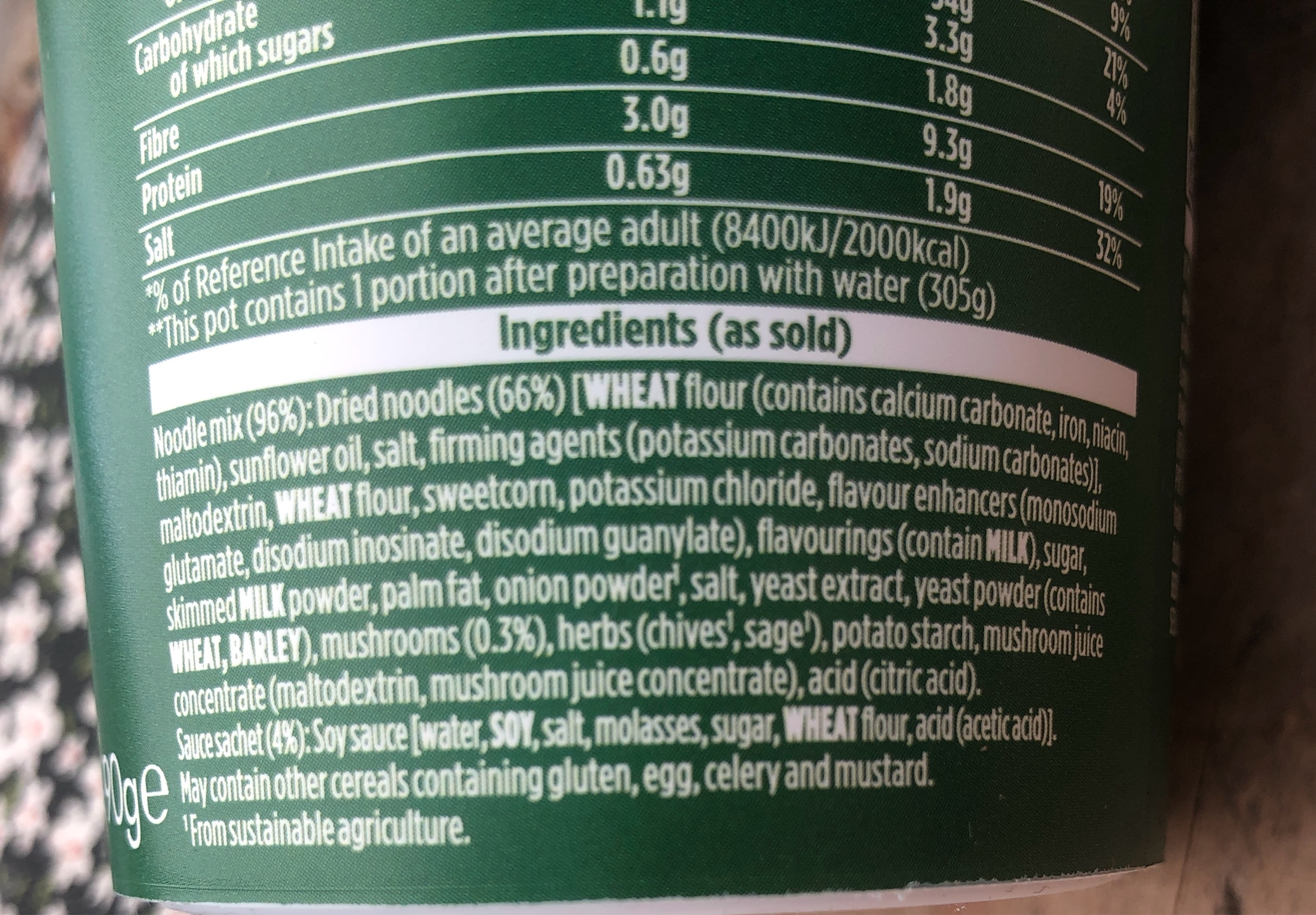
So, for many of us, thinking in the terms of “good” and “bad” is triggering. Even the mention of the word “calorie” or “fat content” can send us into a bit of a spiral. And if we do go for the foods that spike our blood sugars, the cakes and the biscuits, we can be dismayed to find that shortly afterwards we are hungry again, in spite of having consumed plenty of calories. In a bomb calorimeter, a calorie is a calorie is a calorie. In our bodies, not all calories are created equal!
So all this is leading up to suggesting that there’s a better way of viewing all this. A way of side-stepping all the emotional baggage associated with what we eat would be to view it through a paradigm that must be (relatively) new to just about everybody - the gut microbiome.
Rather than thinking in terms of “good” or “bad” foods, and whether, by extension, you are a “good” or “bad”person for what you eat, it can be immensely helpful to reframe it in terms of what is most nourishing, and thinking not just of the body and soul, but of the gut microbiome as well. Most of us haven’t been aware of this for long enough to have a complicated relationship with it!
It is also a KEY point that the gut microbiome has a huge bearing on what we crave. The microbiota in there want to thrive and multiply. So the sugar-loving ones crave sugar and so, if you have an abundance of such microflora, will you. It is also true that if you have an abundance of the more beneficial ones, you will be more inclined towards feeding them, and you can quite quickly come to want a dollop of kimchi on just about everything.
You may recall that one of the “Just One Things” suggested swapping out fruit for refined sugar foods. Over time this can lead to a substantial reduction in the craving for the really sweet foods, as the more beneficial bacteria are fed well and the sugar-craving ones aren’t.
This is another of those “give it a go and see what happens” things - you aren’t eschewing sweet things forever, you are simply seeing whether subbing in fruit for a week or two turns out to be a lovely thing. Fruit, after all, is a sweet treat, it’s just that it’s packed with a whole bunch of truly excellent nutrients, not just energy-giving fructose.
Thinking about the gut microbiome (and our blood sugar and blood fat levels) also leads us to consider how we eat what we eat, rather than just what we eat. Because if we do want something that isn’t optimal for the gut microbiome, and the blood sugar and blood fat responses, we can mitigate the effects by adding in something that is better. This boosts the more beneficial gut microbes with something good for them, and doesn’t give an unchallenged advantage to the less beneficial (or even, I think, we can use the word “bad” here) gut microbiota. In this way, if you didn’t want to do the experiment of subbing in fruit for refined sweet stuff, you could instead just add the fruit before the refined sweet stuff. This is at least a reasonable compromise.
The thing is, though, that some of the stuff in the highly or ultra processed food is unequivocally bad for you. And I’m not talking about the refined sugar, which only has energy going for it (and is therefore helpful if you are doing something very active), but rather the emulsifiers and stabilisers and preservatives that are such a feature of our modern diet.
So, inevitably, there are some foods on the “eat lots of this” list and some on the “really try to avoid these” list, and some of them may be foods that have previously been on various lists for you, and you may not even want to think in these ways. But this is a wellness programme after all and we have to look at nutrition somehow!
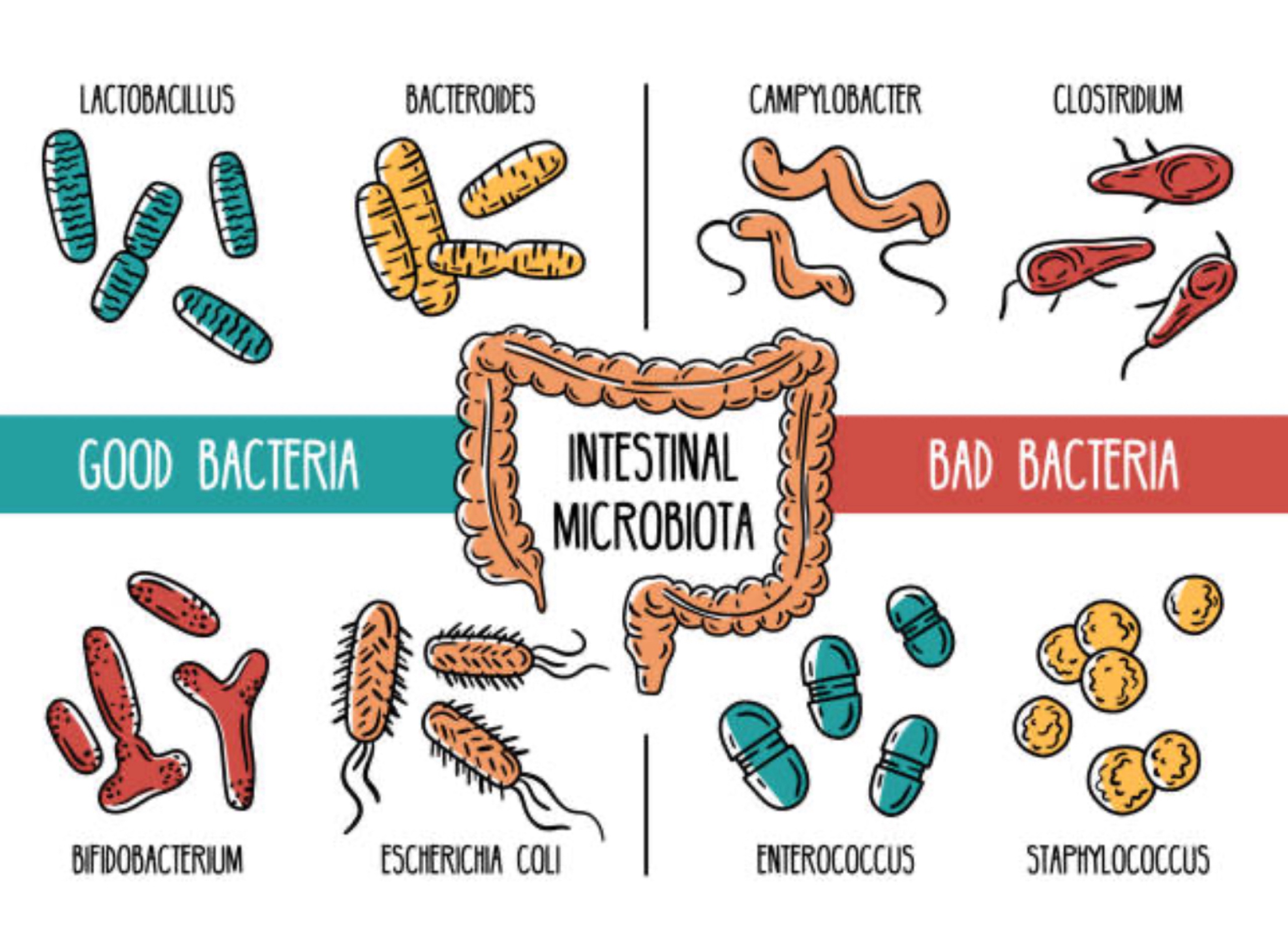
If you are in any doubt about the “badness” of Ultra Processed Foods, check out this Panorama programme here. I haven’t read this book yet, but many people have founUltra Processed People by Chris Van Tulleken to be very illuminating on the subject as well. There’s a little more info at the end of this article, as well.
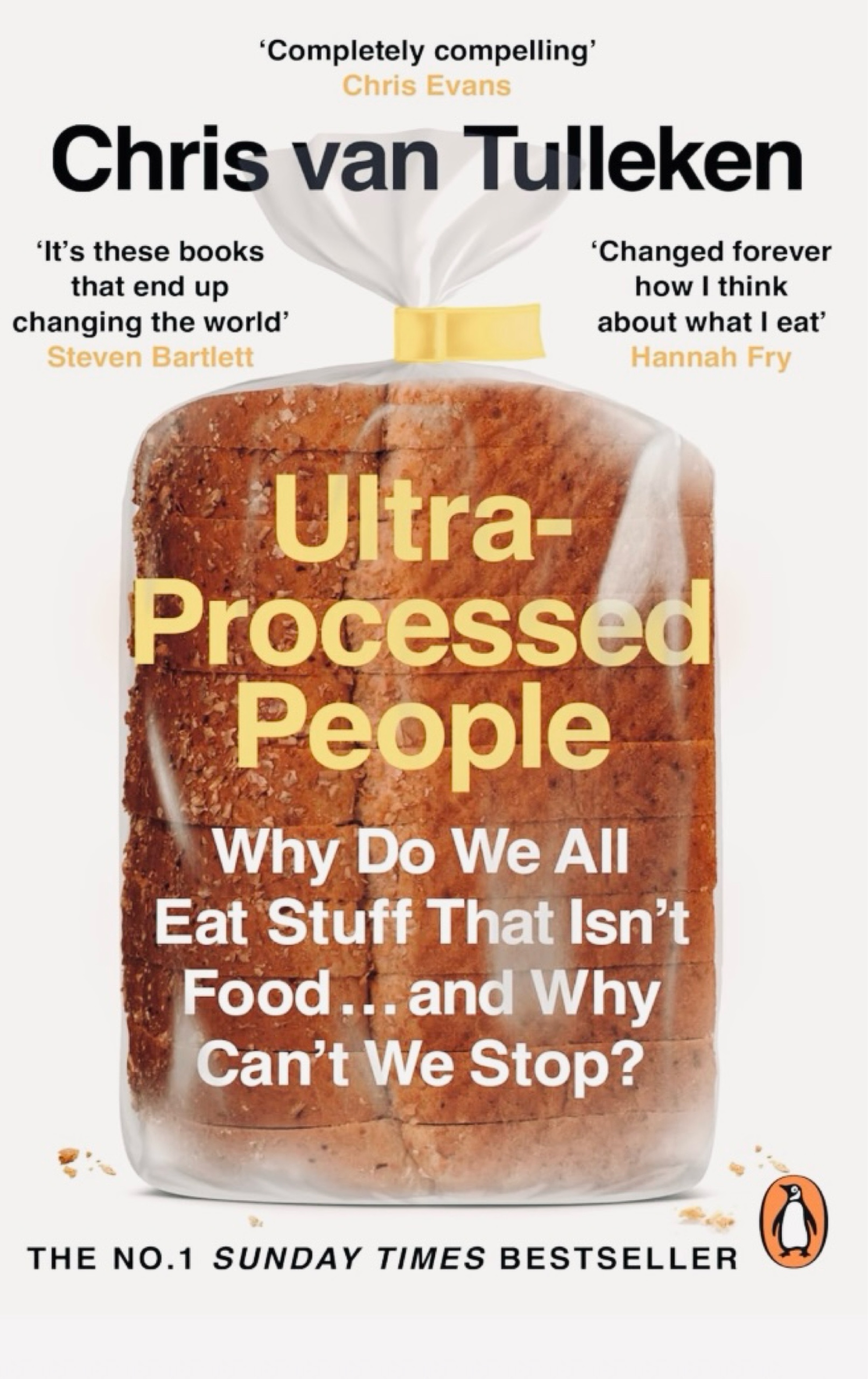
So what is a woman to do?
Think about feeding the gut microbes of the gut microbiome.
This means plenty of fibre (see below)
Not too much refined sugar (and definitely do your research if you decide to go for sweeteners - aspartame is definitely not good, erythritol or stevia might be ok, it’s not completely clear yet, of course, and opinion is, unsurprisingly, divided)
Plenty of whole grains, as discussed in Just One Thing “Eat Whole Grains”, link here.
Lots of fermented foods (start gently if you’re not used to that), but don’t forget fermented includes yoghurt, kefir, cheeses, tempeh, tea, coffee, chocolate, kombucha as well as the sauerkrauts and kimchis.
Lots of fruit and vegetables, probably more vegetables than fruit, but both are bursting with polyphenols and anti-oxidants and vitamins and minerals. And fibre! Ideally, take them in as close to their original form as possible, although of course it depends on what you are about to do. A smoothie with added protein is great to fuel exercise, but breaking down the structure of the fruit and veg in the smoothie makes it much more easily digested by the body, leading to a potential blood sugar spike, depending somewhat on how much protein is in there. Sadly, fruit juices mostly just lead to sugar spikes and are definitely not a good alternative to whole fruit.
Black tea, green tea, herbal tea, and coffee are all good.
A big variety of different plants - 30 a week, ideally. This is easier than it might sound, as it includes spices, herbs, seeds, nuts, as well as fruits and veg and beans and whole grains.
Natural protein sources such as nuts, beans, dairy if you eat it, and quality meat if you eat that. Since we really are what we eat, organic, free range, grass-fed meat has significantly more nutritional value than factory farmed animals. Plus, ethics!
No emulsions such as plant milks, plant “cheeses” (the fermented nut ones are ok), margarines or oil spreads. This is a shame, because some of these alternative milks can be delicious, and dairy milk has its own issues.
Avoid emulsifiers and stabilisers in foods (go for the nut butters that separate, not the ones that stay mixed), ditto with salad dressings (or make your own).
And, if you can manage it, NO ultra-processed foods.
Also, exercise is great for the gut microbiome, as we see in Magic of Movement Two.
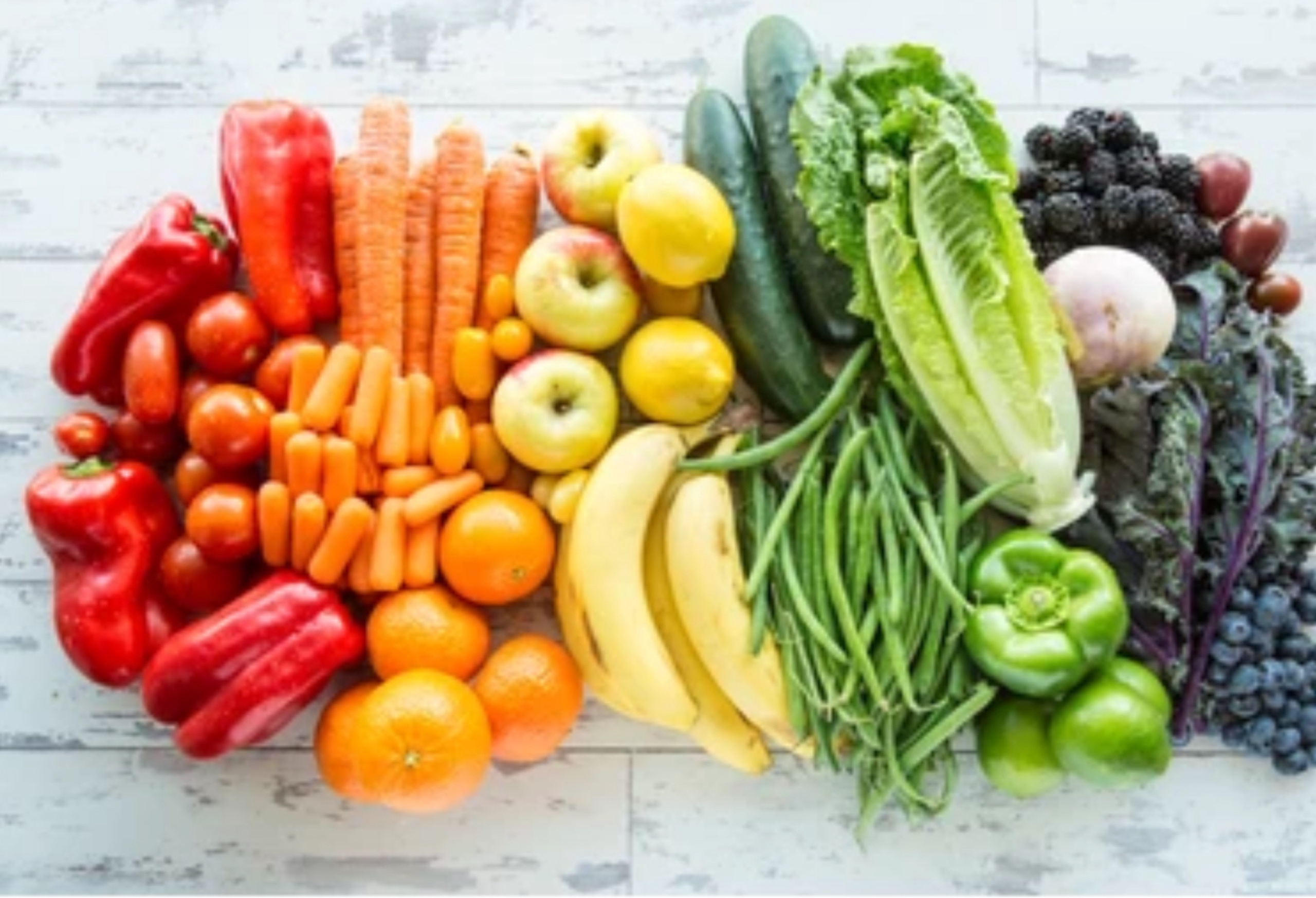
If there are foods you would normally eat but you realise they are not serving you well, it’s useful to know how best to handle that - for you. Are you a moderator or an abstainer?
Society generally seems to consider that moderators (“a little bit of what you fancy”) are better than abstainers (“if I have one I’ll have twenty, best not to get started”), that abstaining from something completely is somewhat extreme, and that it shows a more balanced approach to be a moderator. Abstainers that try to be moderators, however, make life harder for themselves, as do moderators that try to be abstainers.
Which are you? You can get Gretchen Rubin’s take on it here.
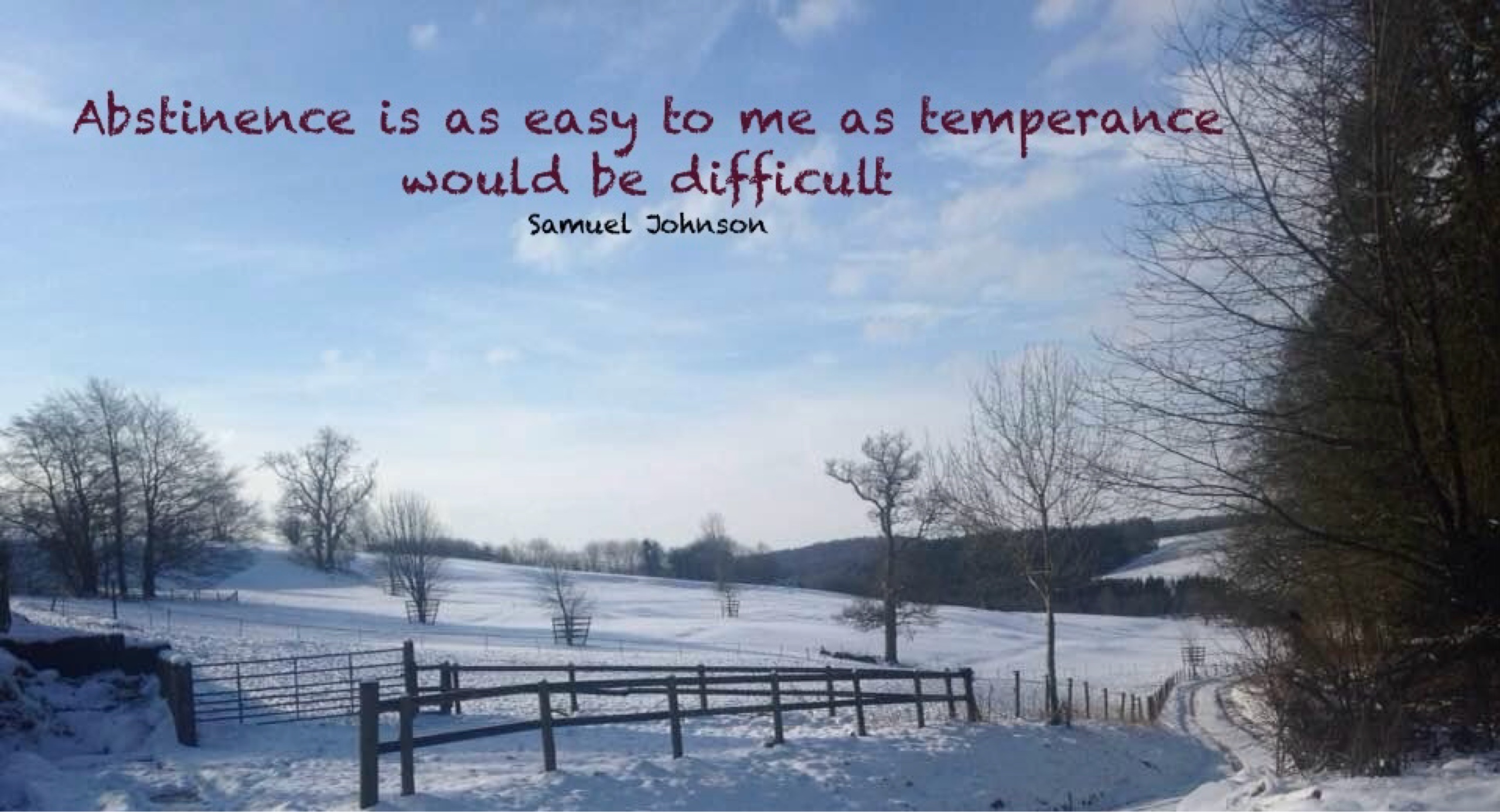
It’s worth establishing this early on, because knowing which approach works best for you can have a big impact on how you approach the question of how best to nourish YOUrself.
We can sometimes found ourselves fighting against our natural inclinations, and our understanding of the consequences is set against the background of societal expectations of women and how we “should” look and is also embedded within the contradictory messages of “indulge yourself, you deserve it” and “gluttony is a sin and willpower and self-denial have the moral high ground” . The Puritans have a lot to answer for!
As you think about these food choices, be gentle with yourself. It’s easy to have a broken relationship with food and the food industry itself is pretty broken. The choices out there are complicated and not always benign, and eating well takes more energy and money than eating less optimally. It is still the case that sustainable steps works better in the long run than a massive overhaul of everything!
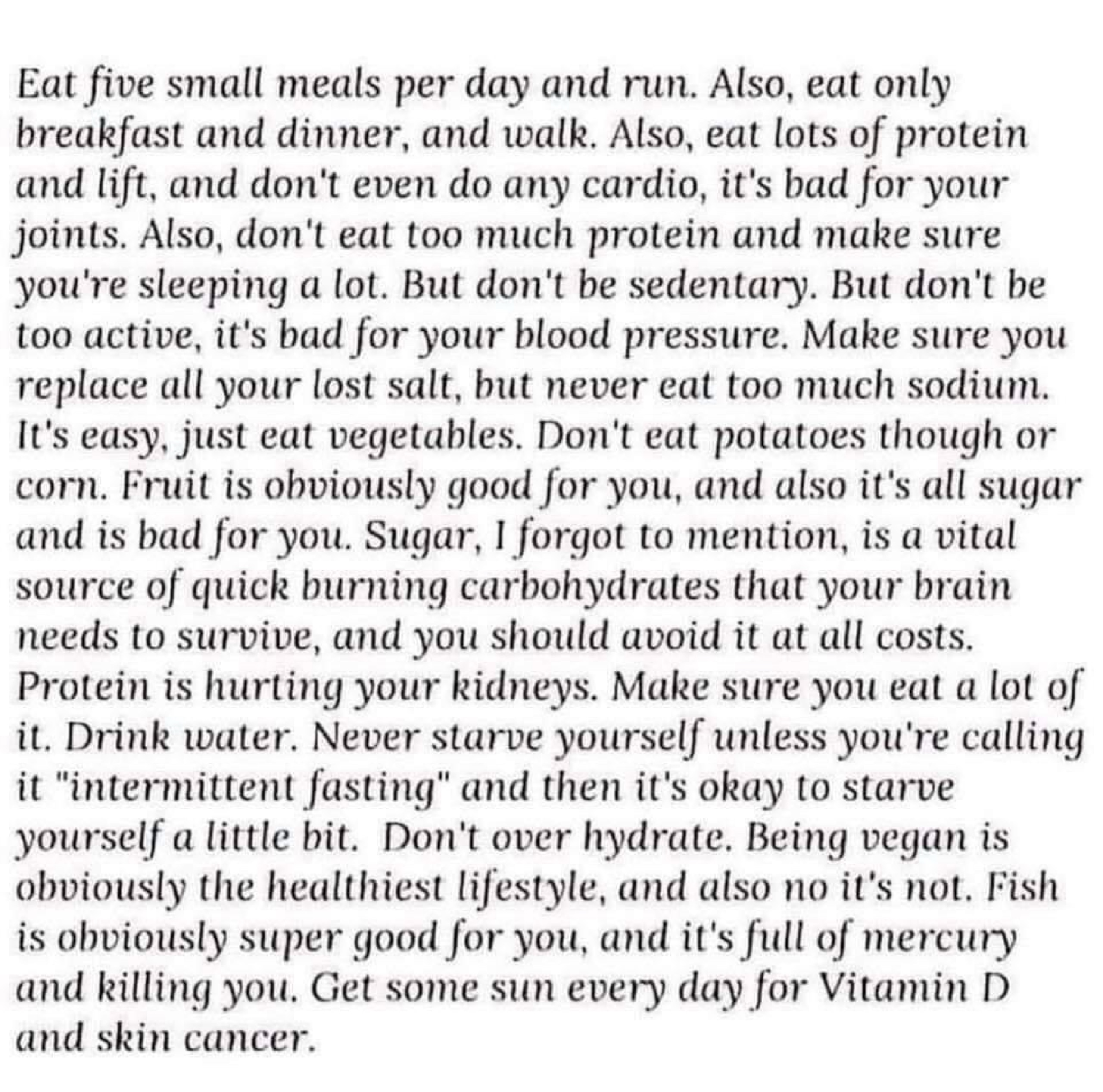
A Quick Note on Fibre
Fibre also turns out to have a more important role than we perhaps thought. It’s been long known that “roughage” is important to regular and comfortable bowel movements, and that “bulk” is a good thing, but it turns out that this inert and indigestible part of plants has many more benefits.
We know that probiotics are the actually microbiota in the gut, but what they feed on are prebiotics, and prebiotics is what many kinds of fibre are.
To be classified as a prebiotic, the fibre must pass through the GI tract undigested and stimulate the growth and/or activity of certain 'good' bacteria in the large intestine. Prebiotics include fructans and galacto-oligosachairdes (GOS). Neither of which sound good for us, but which actually are!
Fructans can be a beneficial part of the diet, and are found in various plants including wheat, onions, garlic, asparagus, beans, watermelon and many other foods. They are considered prebiotic, meaning they feed the good bacteria in the gut. Additionally, fructans have been linked to improvements in blood glucose, triglycerides and the improvement of lipid metabolism and immune function.
GOS mainly occur naturally in legumes such as lentils and beans. They are commonly an ingredient in commercially-produced prebiotic products that are aimed at promoting the growth of beneficial gut bacteria.
It is generally considered that most people consume only 2/3 of the recommended amount, 30g, of fibre daily, and it is also possible that this figure is set a bit low.
There’s an interesting Zoe article on fibre here:
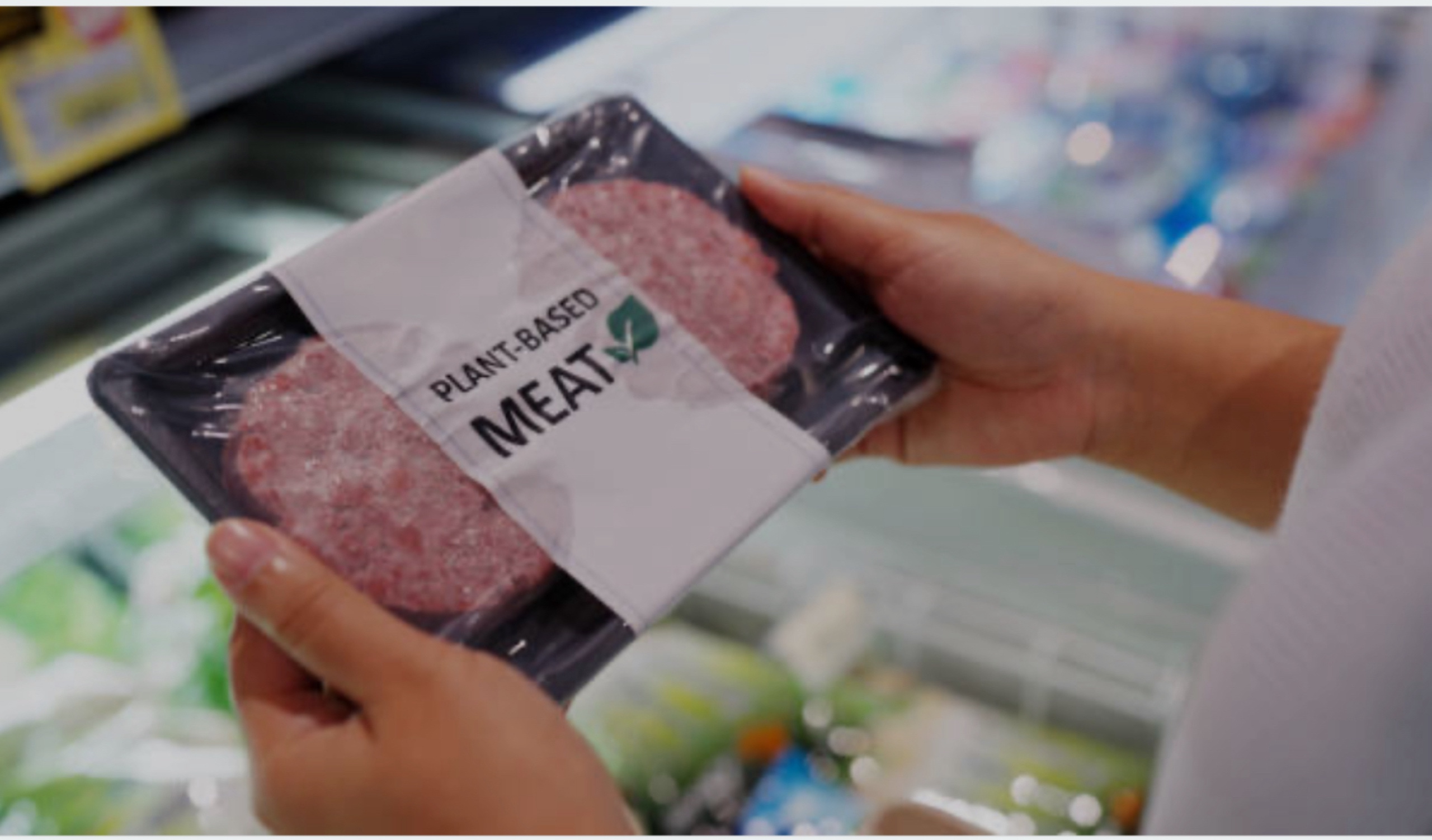
A bit more on UPFs
I’ve suggested limiting UPFs, but really, if there were ever a case for eliminating a “foodstuff” and completely abstaining from it, UPFs would be the one. Emulsifiers would be another.
UPFs are the ones you couldn’t possibly make in your own kitchen, containing ingredients that aren’t generally available or processes that you would need a chemistry lab for.
Many foods are processed, and quite often this is necessary to make them edible. Cooking is a process, as is pickling, or fermenting, or grinding. You wouldn’t want to eat an olive off the tree, and kidney beans are poisonous if they aren’t properly cooked. Grinding something into a flour and then turning that flour into a paste or a bread has been done since the Stone Age. Some flours, like gram flour, just involve turning the whole thing (in this case, a chick pea) into a flour, but when it comes to wheat, the ultimate nutritional value depends on what is kept and what is removed. White flour is less nutritious than brown flour for instance because the germ is taken out. In both cases, the indigestible husk is removed.
Some foods can be highly processed - such as tofu - and have a lot to offer nutritionally.
Some foods can be fine in themselves - and this is the tricky part for many people - but not in the way they are produced by the food industry. It’s easy to skim over the ingredients that you wouldn’t include if you were making it at home - the stabilisers, emulsifiers, the preservatives - and see that they are there in the smallest quantities and conclude that overall the product isn’t all bad. If you do a nutrition course the narrative is still that emulsifiers are generally safe and that their quantities are carefully regulated. Current research is showing this not to be the case and many are concerned that this is something to be very concerned about.
This is a bugger because emulsifiers are everywhere in bought foods, and avoiding them is very difficult.
It is worth mentioning, of course, that just because something is unpronounceable doesn't mean it is harmful, and saying that something is full of "chemicals" is a bit misleading, since water is a chemical. Another name for it is dihydrogen monoxide, which sounds much less benign. I am after all exhorting you to consumer magnesium glycinate, which also sounds like something you wouldn’t want to see on an ingredients list.
There’s more to it than this, of course, but the principal reason UPFs are so bad for us is that they wreck the gut microbiome, and the gut microbiome is the key to pretty much all aspects of health.